Daffodils, also known by their scientific name Narcissus, are beautiful flowering plants that herald the arrival of spring with their vibrant blooms. These cheerful flowers have captivated people for centuries with their enchanting beauty and delicate fragrance. Beyond their aesthetic appeal, daffodils hold a deep symbolic meaning that resonates with individuals on many levels. In this article with Impeccable Nest, we will explore the rich history, cultural significance, and personal interpretations of the daffodil meaning.
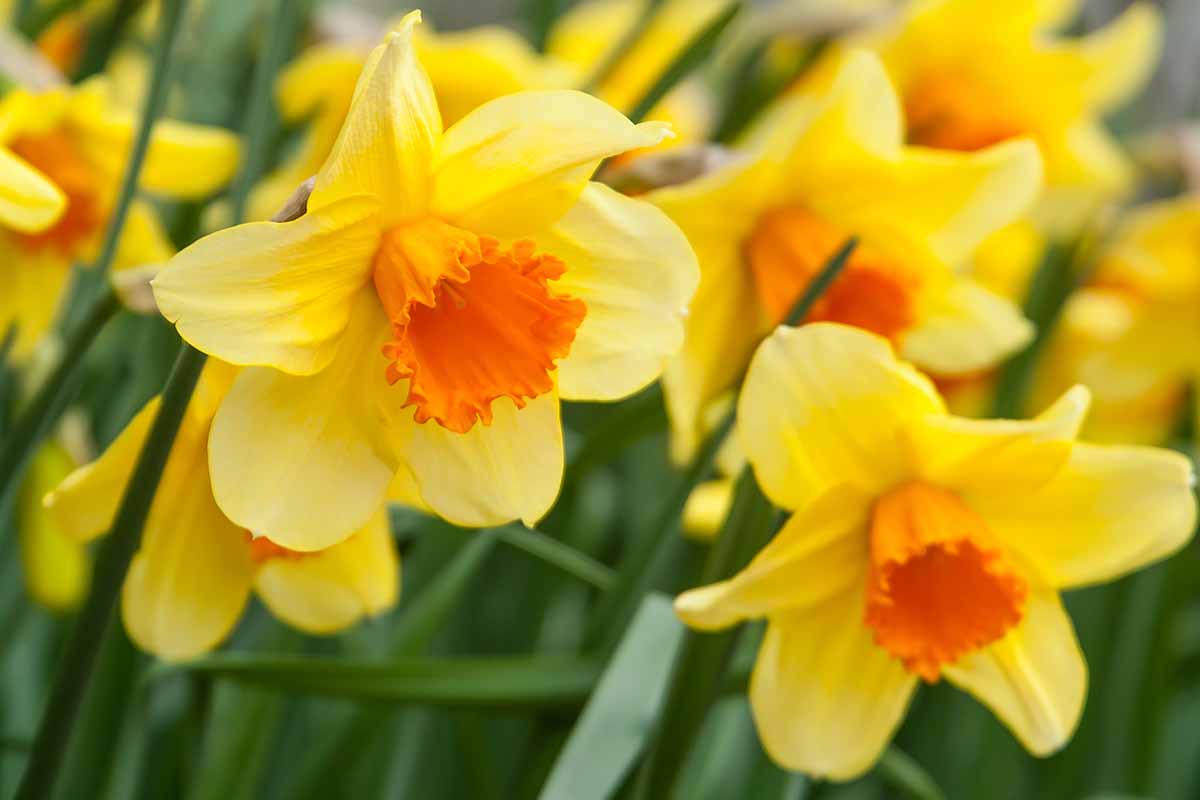
Unveiling the Historical Significance of Daffodils
The Ancient Mythology Surrounding Daffodils
Daffodils have been immortalized in various ancient mythologies, with their origins dating back thousands of years. According to Greek mythology, the daffodil is associated with the story of Narcissus, a young and exceptionally handsome hunter who fell in love with his own reflection in a pool of water. Unable to tear himself away from his own beauty, Narcissus eventually wasted away and transformed into the flower we now know as the daffodil. This tale serves as a cautionary reminder of vanity and self-obsession.
Daffodils in Literature and Art
Throughout history, daffodils have inspired countless poets, writers, and artists to capture their essence in words or on canvas. One of the most famous works inspired by daffodils is the poem “I Wandered Lonely as a Cloud” by William Wordsworth. His vivid description of a field filled with dancing daffodils encapsulates the joy and rejuvenation that these flowers symbolize. Similarly, painters like Vincent van Gogh and Georgia O’Keeffe were captivated by the graceful form and vibrant hues of daffodils, incorporating them into their masterpieces.
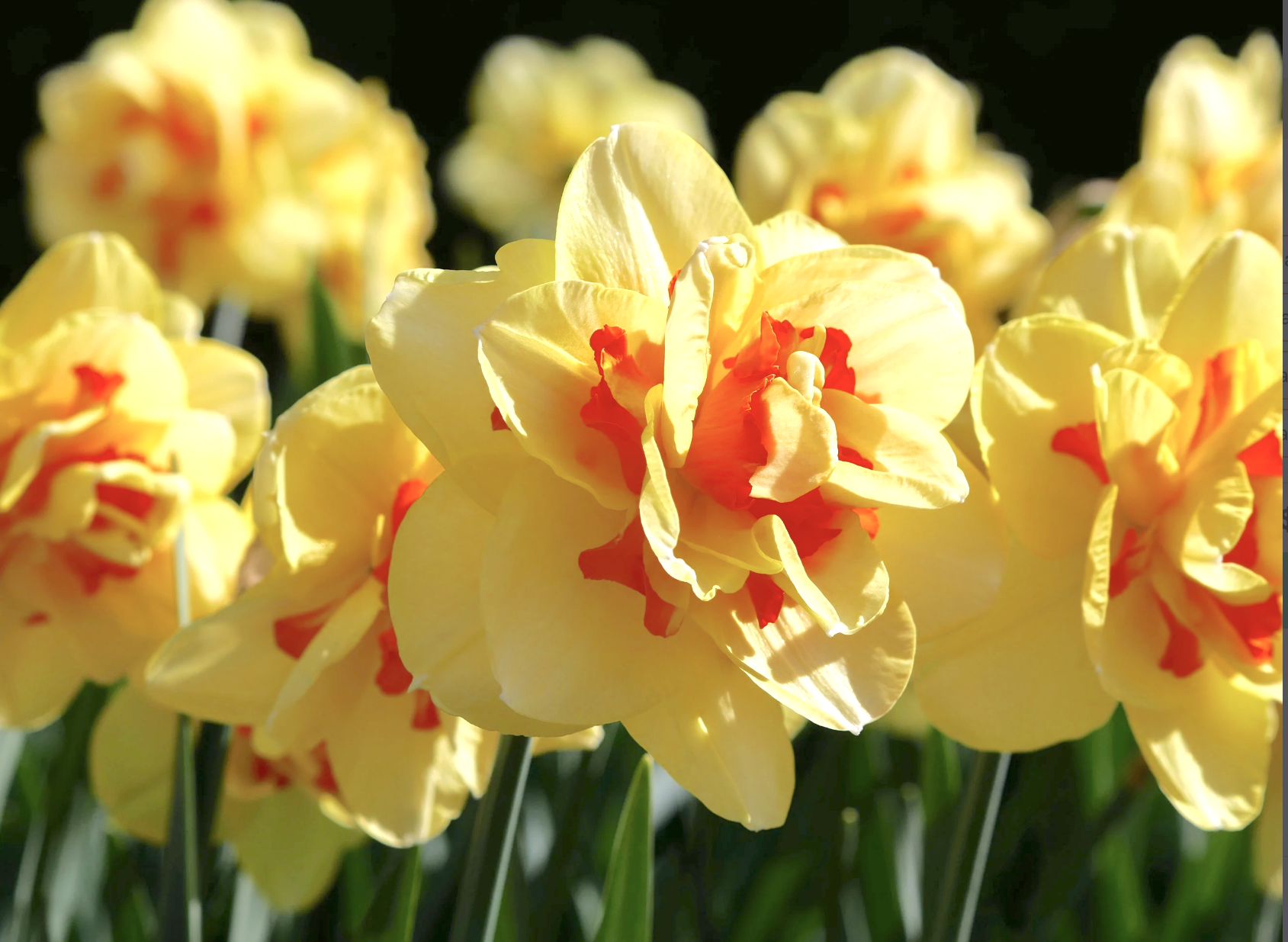
Personal Interpretations of Daffodil Meaning
Daffodils as a Symbol of New Beginnings
The daffodil is a beautiful and delicate flower that holds a special meaning in many cultures around the world. This flower is often associated with new beginnings and fresh starts, making it a popular choice for gifts and decorations during the spring season. But what is the significance behind this lovely flower? What does the daffodil truly represent?
In general, the daffodil symbolizes rebirth, renewal, and resilience. It is a flower that emerges from the ground at the end of winter, after enduring harsh conditions such as snow and ice. Its bright yellow or white petals are a symbol of hope and happiness, bringing joy to those who see them after months of cold and darkness.
The daffodil’s association with new beginnings can be traced back to ancient Greek mythology. According to the legend, Persephone, the daughter of Demeter (the goddess of agriculture), was kidnapped by Hades and taken to the underworld. In her absence, Demeter was consumed with grief and refused to let any crops grow on earth. Eventually, Zeus intervened and made a deal with Hades to release Persephone back to her mother for part of the year. When Persephone returned to the surface, Demeter’s joy was so overwhelming that she caused all the plants to bloom and prosper once again. The daffodil, being one of the first flowers to emerge in the spring, became a symbol of Persephone’s return and the start of a new growing season.
In addition to its mythological origins, the daffodil also holds cultural significance in many countries. In China, daffodils are considered to bring good fortune and prosperity. In Japan, they represent joy and happiness, often used in ceremonies and celebrations. In Wales, the daffodil is the national flower and is worn on St. David’s Day to commemorate the patron saint of Wales. These cultural associations only add to the daffodil’s symbolism of hope, happiness, and new beginnings.
For individuals seeking positive change or embarking on new journeys in their lives, the daffodil can serve as a powerful symbol. The emergence of this flower during the transition from winter to spring reminds us that even in the darkest of times, there is always the potential for new growth and opportunities. It encourages us to embrace change, let go of the past, and look forward to a brighter future.
The daffodil’s message of resilience and determination is also reflected in the story of its growth. Despite facing harsh conditions, the daffodil pushes through the ground and blooms into a beautiful flower, reminding us that with perseverance, we too can overcome obstacles and thrive.
The daffodil’s meaning goes beyond its physical beauty. It represents the triumph of life over adversity, the hope for a brighter tomorrow, and the courage to start anew. So next time you see a daffodil, take a moment to appreciate its symbolic significance and let it inspire you to embrace change and seek new beginnings.
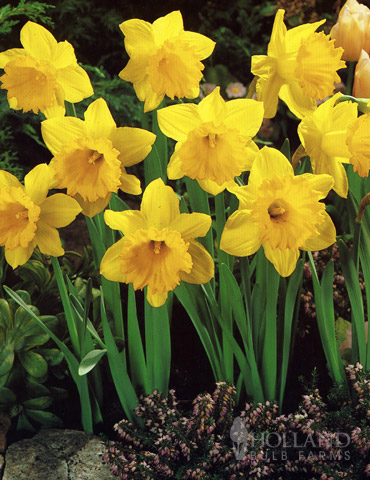
Daffodils as a Sign of Hope and Rebirth
Daffodils are one of the most beloved and recognized flowers in the world. Their vibrant yellow color and delicate petals make them a popular choice for gardens, parks, and bouquets. But beyond their physical beauty, daffodils hold a deep symbolic meaning that has captured the hearts of many.
The most prominent meaning associated with daffodils is hope. This can be seen in the bright and cheerful yellow hue of the flower, which is often associated with happiness, positivity, and optimism. As daffodils bloom in early spring, they bring a sense of renewal and new beginnings after months of cold and darkness. This makes them a powerful symbol of hope and the promise of better days to come.
In addition to hope, daffodils also represent resilience and strength. These flowers are known for their ability to withstand harsh weather conditions and still bloom beautifully. Similarly, they serve as a reminder that even in the face of adversity, we have the strength to overcome and grow. Daffodils show us that no matter how tough life may get, there is always a glimmer of hope and the potential for transformation.
The daffodil’s symbolism of hope and resilience has been embraced by many cultures throughout history. In ancient Greek mythology, the daffodil was associated with the story of Persephone, who was kidnapped by Hades and taken to the underworld. Her mother, the goddess Demeter, searched for her tirelessly and eventually found her, bringing the earth back to life and ending the cold winter season. The daffodil came to symbolize Persephone’s return and the return of spring after the long winter.
In the Christian tradition, daffodils are associated with Easter and the resurrection of Jesus. The flower’s arrival in early spring is seen as a sign of new life and the hope of eternal life after death. Similarly, in the Jewish tradition, daffodils are associated with the holiday of Passover, which celebrates freedom and new beginnings.
But for many, the daffodil’s meaning goes beyond religious and cultural symbolism. It is a personal symbol of hope and positivity that can bring comfort and inspiration during difficult times. The bright and cheerful color of daffodils can lift our spirits and remind us to keep looking forward with optimism and resilience.
The daffodil’s meaning is deeply rooted in hope, optimism, and resilience. These vibrant flowers serve as a reminder that even during the darkest times, there is always a glimmer of hope and the potential for growth and transformation. They bring joy and inspiration to those who see them, encouraging us to embrace the present and look towards a brighter future. So next time you see a daffodil, take a moment to appreciate its beauty and remember its powerful message.
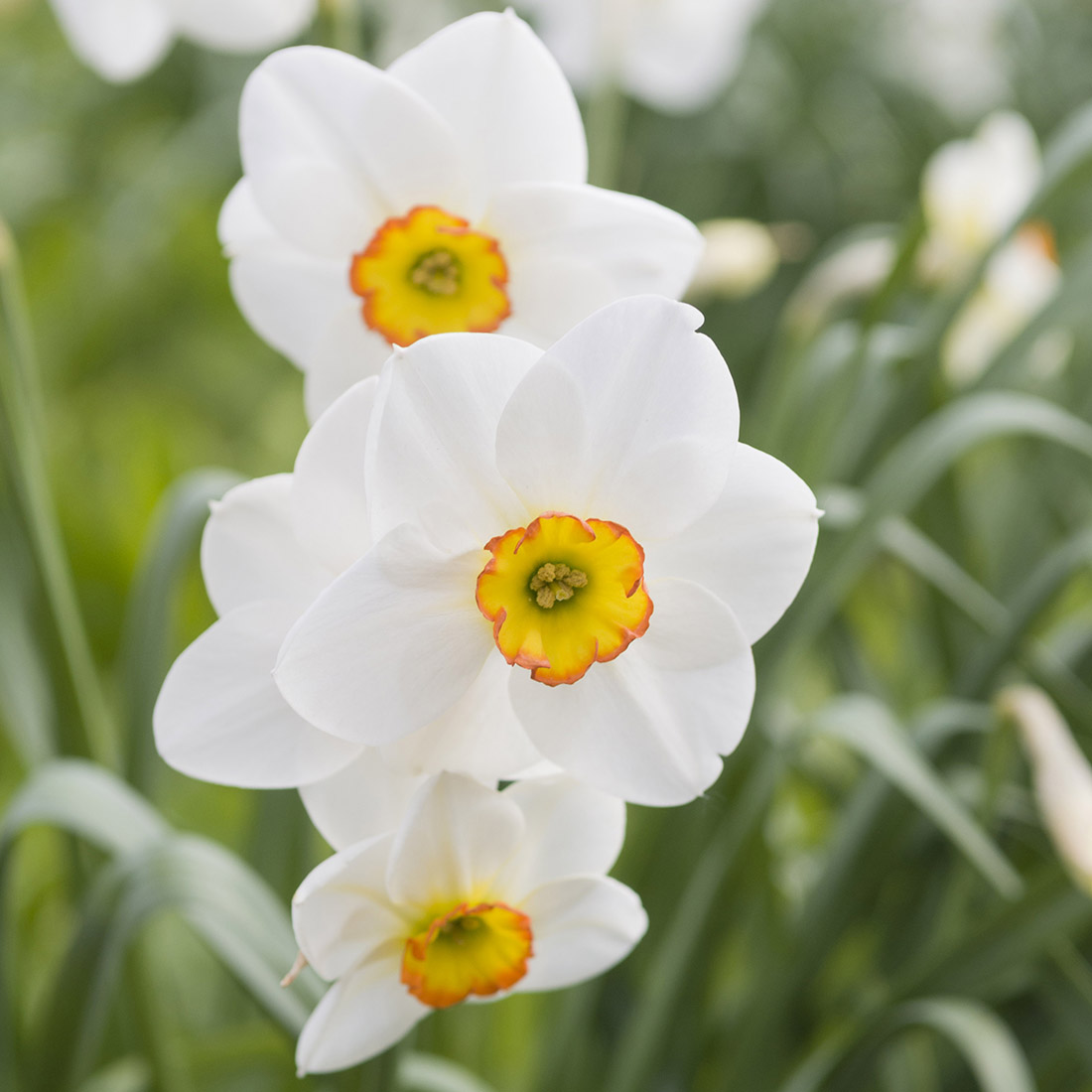
Daffodils as a Representation of Faith and Trust
The Daffodil, also known as Narcissus, is a flower that carries a rich history and symbolism. Its beauty and cheerful appearance make it a popular choice for bouquets and gardens. However, what makes the daffodil truly special is its deep meaning that goes beyond its physical attributes.
For some individuals, daffodils hold a deeply personal meaning that goes beyond cultural associations. They see these flowers as a representation of faith and trust in oneself and in the universe. The daffodil’s ability to emerge from the ground and bloom despite challenging conditions serves as a powerful metaphor for overcoming obstacles and having faith in one’s own abilities.
The life cycle of a daffodil begins with a tiny bulb buried deep within the ground. It remains dormant throughout the winter months, enduring harsh conditions such as cold temperatures and lack of sunlight. However, as spring approaches, the daffodil starts to sprout and eventually blooms into a beautiful flower, showcasing its vibrant colors and delicate petals.
This journey of the daffodil resonates with many individuals who face challenges and difficulties in their own lives. Like the daffodil, they may feel buried and stuck in a dark and difficult place. But just like the daffodil, they too have the inner strength and resilience to overcome their struggles and emerge stronger and more beautiful than ever before.
The daffodil’s symbolism of hope and renewal is also evident in its bright yellow color, which is often associated with happiness and positivity. This can serve as a reminder to those going through tough times that there is always hope for a brighter future.
Furthermore, the daffodil’s appearance in early spring when other flowers are still struggling to bloom can also symbolize uniqueness and individuality. Just as each daffodil stands out among the barren landscape, each person has their own unique strengths and qualities that make them special.
People who resonate with this interpretation often turn to daffodils during times of uncertainty or when they need a reminder to trust the journey they are on. The daffodil’s ability to survive and thrive in challenging conditions serves as an inspiration to have faith in oneself and to trust that everything will work out in the end.
In addition to its symbolism of hope and resilience, the daffodil also holds cultural significance in various societies. In Greek mythology, it is associated with the story of Narcissus, who fell in love with his own reflection and transformed into a flower after his death. In Chinese culture, the daffodil represents good fortune and prosperity.
The daffodil carries a deep meaning that goes beyond its physical appearance. It symbolizes hope, resilience, uniqueness, and individuality. Its ability to bloom despite challenging conditions serves as a powerful reminder to have faith in oneself and trust the journey of life. So next time you come across a daffodil, take a moment to appreciate its beauty and reflect on its meaningful symbolism.

Daffodils as a Reminder of Inner Strength
The daffodil is a bright and beautiful flower that holds a special meaning for many people. Its delicate yet resilient nature has been interpreted in various ways throughout history, but one of the most powerful meanings associated with this flower is its representation of the human spirit.
Daffodils are known to be one of the first flowers to bloom in the spring, often emerging from the ground even when there is still snow on the ground. This ability to withstand harsh weather conditions and emerge victorious is seen as a reflection of the human spirit. Just like the daffodil, individuals have an inner strength that allows them to persevere and thrive even in the face of adversity.
This interpretation of the daffodil’s meaning can be traced back to ancient Greek mythology. According to the legend, the nymph Echo was hopelessly in love with the handsome youth Narcissus. However, he rejected her and she eventually wasted away, leaving behind only her voice. The gods then immortalized her by turning her into the daffodil flower. This story serves as a reminder of how even the most fragile and vulnerable beings can overcome obstacles and find strength within themselves.
In addition to its connection to resilience and perseverance, the daffodil also represents rebirth and new beginnings. Its emergence in the early spring symbolizes the start of a new season and the promise of growth and renewal. This symbolism can be applied to our own lives, as we too have the power to start anew and blossom into something beautiful after facing challenges or setbacks.
Many people who resonate with the daffodil’s meaning choose to display these flowers in their homes or gardens as a daily inspiration. Seeing these bright and resilient blooms can serve as a gentle reminder to embrace our inner strength and rise above any difficulties we may face.
Furthermore, the daffodil’s yellow color is often associated with positivity, joy, and happiness. It is believed that the mere presence of daffodils can bring about feelings of optimism and hope. This makes them a popular flower to give as gifts, especially during difficult times when someone may need a little encouragement.
In some cultures, the daffodil also symbolizes forgiveness and second chances. Its ability to come back year after year, even after harsh winters, is seen as a representation of our own capacity to forgive and start anew. This interpretation reinforces the idea that our inner strength and resilience can help us not only survive, but also thrive.
The meaning of the daffodil is a powerful reminder of the human spirit’s ability to overcome challenges and emerge victorious. Its delicate yet resilient nature serves as an inspiration for individuals to embrace their inner strength and find hope and happiness in even the toughest of times. So the next time you see a daffodil, take a moment to appreciate its beauty and let it serve as a reminder of your own inner power.
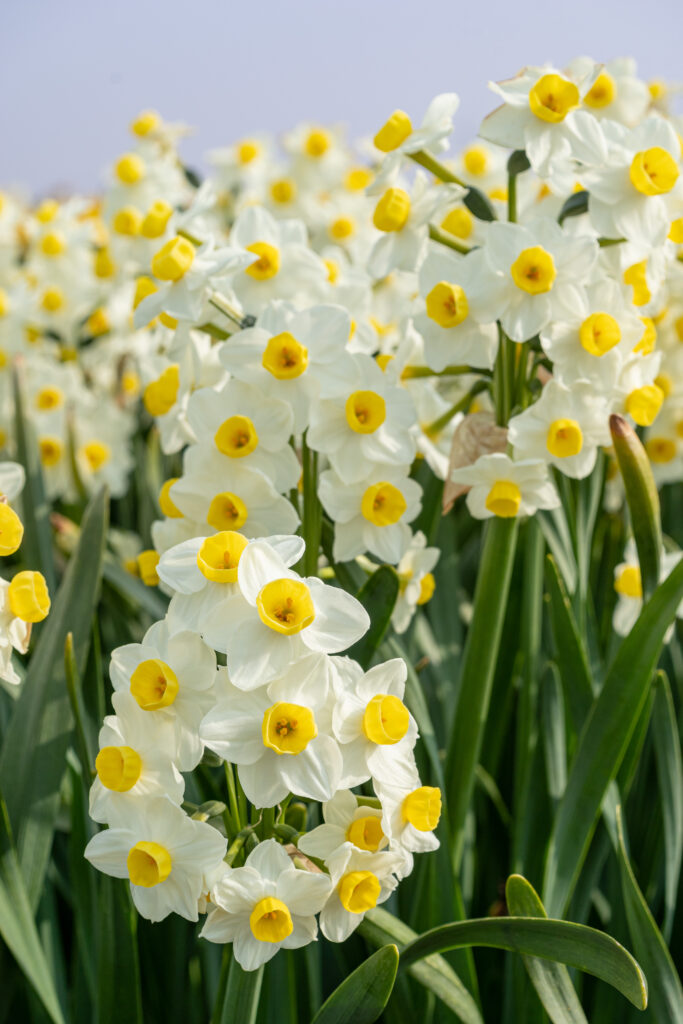
Examples of Daffodil Meaning in Practice
- Sarah felt lost after losing her job, but she found solace in a simple bouquet of daffodils. Each morning, she would gaze at the vibrant blooms, reminding herself that just like the daffodils, she too had the strength to bloom again.
- John gifted his daughter a potted daffodil plant when she started college. He wanted to impart the message that despite the challenges she might face, she had the inner strength to overcome them and grow into a beautiful, independent individual.
Comparisons Involving Daffodil Meaning
When comparing daffodils to other flowers or symbols, their unique attributes and meanings become even more apparent. Here are a few comparisons involving daffodil meaning:
- Daffodils vs. Tulips: While tulips are also associated with spring and new beginnings, daffodils symbolize resilience and triumph over adversity. Tulips represent beauty and elegance, whereas daffodils embody hope and inner strength.
- Daffodils vs. Roses: Unlike roses, which are often associated with romantic love, daffodils encompass a broader spectrum of emotions. They represent hope, inspiration, and personal growth, making them a fitting choice for various occasions beyond romantic relationships.
Are daffodils associated with any specific holidays?
The daffodil, also known as Narcissus, is a beautiful and vibrant flower that has been associated with various cultures and traditions for centuries. However, one of the most popular associations with this flower is its connection to the celebration of Easter.
Easter is a Christian holiday that celebrates the resurrection of Jesus Christ and is observed by millions of people around the world. It falls in the spring season, which is known for its blooming flowers and new life after the cold winter months. The daffodil’s blooming season coincides perfectly with Easter, making it a perfect symbol for this significant holiday.
In many cultures, including Christianity, the daffodil represents hope, rebirth, and renewal. These are all themes that are closely related to the message of Easter. The daffodil’s bright and vibrant colors also symbolize joy and happiness, which are emotions often associated with Easter celebrations.
Furthermore, the daffodil holds religious significance in Christianity. In some stories, it is believed that daffodils sprang up from the ground where Jesus walked, making them a holy flower. This belief adds an even more profound meaning to the daffodil’s association with Easter, as it is directly linked to the story of Easter itself.
Moreover, daffodils are known to bloom during the Lenten season, the period of preparation leading up to Easter. Many Christians give up something they enjoy during this time as a form of sacrifice and reflection. The daffodil’s blooming during this time serves as a reminder of new beginnings and the promise of better things to come.
In addition to their symbolism, daffodils are also included in Easter bouquets and decorations as they add a touch of beauty and freshness to the overall design. They are often combined with other spring flowers such as tulips and lilies, creating a stunning display that represents the spirit of Easter.
In some cultures, daffodils are also used as a traditional gift during Easter. This gesture not only expresses love and affection but also serves as a reminder of the hope and joy that come with the holiday.
Conclusion
Daffodils, with their rich history, cultural significance, and personal interpretations, hold a profound meaning for individuals worldwide. As a symbol of renewal, hope, and resilience, these vibrant flowers remind us of the beauty that can emerge from even the harshest conditions. By incorporating daffodils into our lives, we can embrace their transformative message and find solace, inspiration, and strength in their delicate yet resilient presence.

We’re Emma Carole Paradis and Kimberly Carole, the owners and designers of Impeccable Nest, based in Bedford, New Hampshire. A mother-daughter team with a love of design. Originally from Manhattan Beach, California, now based in Bedford, New Hampshire, we bring a Southern California cool and New England tradition to our design. Not only do we work together…we also live together in a multi-generational home…and a home that they are known to design for others.
